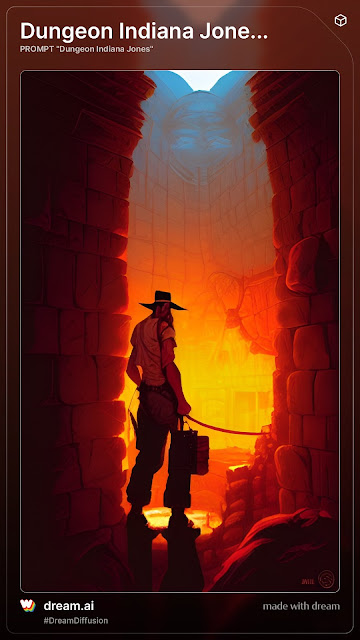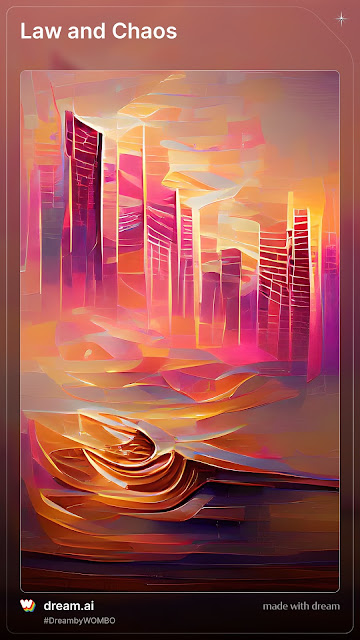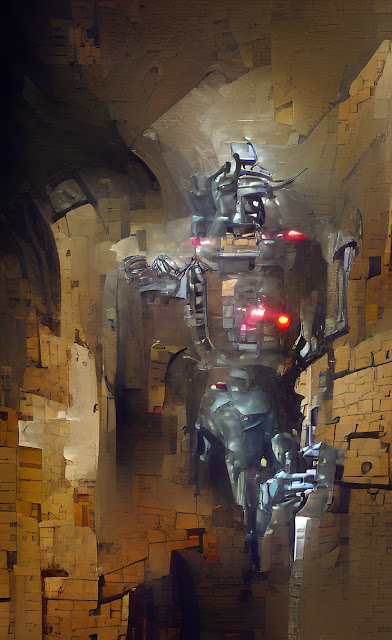GM attempts in TTRPGs to create a “set piece” imitating film crumple when confronted with the uncertainty of player action and the randomness of the dice. Games are a different medium than film, and any adaptation of film technique needs to draw lessons and learn from underlying ideas, rather than merely imitate the action on screen.
A classic example that I return to again and again is the bar fight early in Raiders of the Lost Ark. In short, adventurer Indiana Jones visits a bar in Nepal operated by Marion Ravenwood, who owns a medallion he needs. The scene begins after Jones has visited and left, and Nazi officer Arnold Toht (who also pursues the MacGuffin) has arrived with hired thugs to take it.
How many lessons can we learn from this five-minute scene? Enough that this will be a two-part post!
The entire scene is here. The bolded text below each heading lead directly to the corresponding timestamp in the video.
Shout character motivations from the rooftops
RPG NPCs don’t need much to drive them. Around the internet, I see complex generators and intricate prep tools designed to create page-long NPCs, and I find them to be overly busy. An NPC doesn’t need much more than a clear driving desire or goal that the players can learn and understand. Three bullet points is usually enough for almost any NPC. Everything else emerges naturally through play.
As an audience of the film, we get to see Marion, alone, contemplating the medallion. Without any dialogue, the audience understands that this character is going to be important to the rest of the movie. In a tabletop game, we’re going to have to be a lot more obvious in broadcasting Marion’s (temporary) refusal of the call to adventure. Figuring out what characters want usually isn’t the interesting part in an RPG. Shout the motivation at the PCs, or they may miss it.
Put the MacGuffin itself in peril
Marion hangs the medallion on a candleholder, where it will soon be at the center of the bar fight.
Think about a typical RPG fight for an object that both sides want. A PC grabs it. An antagonist wins a grapple check and steals it away. It goes back and forth like this until the strongest, fastest, or most numerous prevail. Not too exciting.
What if instead, on each action, it was highly likely that the object would be dropped, knocked aside, thrown, rolled, ignited, bobbled, immersed, or obscured? The success-with-a-cost thinking of PbtA games’ 7-9 results is instructive here, versus the (superficially) pass-fail nature of D&D.
The Indiana Jones movies do this again and again. The grail is falling into the chasm. The stones are burning through the bag and dropping into the river. The treasure you are seeking is there, but your friend who is in danger is over here. Escape is this way, but the treasure is that way. We can do this in games too.
The antagonists should be visually distinct (...sometimes)
Toht and his three goons enter the bar.
Note how the four men who enter the bar are all immediately different from each other in clothing, height, and facial hair. A little bit of description can be an anchor in the ensuing combat (“you want to hit the one with the scar?” “no, the one with the fancy boots”) Simple portraits for a rival adventuring party can go a long way from turning faceless bags of hit points into compelling antagonists.
That said, this is a device that can be used sparingly, because in tabletop versus film, so much more of the information is auditory rather than visual. In many cases, five orcs can simply be five orcs, and any additional detail is unnecessary unless the players ask for it.
Positioning can help set a scene
As Toht and Marion converse, Toht’s henchmen spread out through the room in a threatening manner.
As Toht moves from a purchase offer to a threat of violence, note how much of the drama of the scene is conveyed by the positioning of his minions, particularly behind Marion. This doesn’t have to be – and probably shouldn’t be – miniatures on a grid, at a point when the scene is still more conversation than conflict.
Again, there are limits in how much film language is going to translate to an RPG. But think about how easy it would be to run this scenario in an RPG and essentially have the four men standing clumped together in the entrance, and how much better it feels when they move around while talking.
Narrate what initiative means
A low initiative roll for an antagonist can feel like a screw-up, in a way that undercuts the palpable menace they present. But the GM has the power to frame this action in different ways, presenting them as patient, or condescendingly deliberate, or waiting to base their action on what their ally does first. All could apply to the bar scene.
Narrating initiative effectively makes it feel as if this largely random ordering was intended all along.
Make improvised weapons make sense whenever possible
Toht uses a red hot poker to intimidate Marion.
Improvised weapons are cool. They help “tell the story” of the location, encourage improvisation, and make for memorable fights. The battle where a PC used a hot poker; or a bottle of liquor; or a squealing farm animal as a weapon is going to be a lot more memorable than the 139th time Lothgar hit someone with his longsword.
If the rules of the game don’t already endorse improvised weapons, think about ways to make them more appealing. And have NPCs show off their effectiveness. Players who see NPCs do something cool will follow suit quickly enough.
Put conversations on the clock
Toht declines Marion’s attempt to make a Persuasion check.
PCs love to endlessly banter, query, and wheedle, even with antagonists on the precipice of violence. Since talking is (or at least feels) “free,” PCs will use it as much as possible. This is fine when it’s a genuine attempt to engage with situations beyond combat. But it can turn into an indefinite stall on interesting conflict.
It’s helpful to remind players that they can’t freeze the action, and the easiest way to do this is to say “the NPC answers you, but they’re continuing with their aggressive action at the same time they talk.” When Toht says “that time has passed,” it’s driving the situation towards interesting decision points for the PCs.
Accidents will happen
Jones disarms Toht, accidentally lighting a curtain on fire in the process.
This feels like an interesting way to frame “partial success.” Jones’ player gets what they want, but there is spillover. Echoing “put the MacGuffin itself in peril” from above, this is something that happens a lot in the Indiana Jones movies.
In a game that doesn’t specifically instruct the GM to resolve partial success in this manner, we should constantly be looking for opportunities to interpret action in this way, because of how well it drives the action in interesting directions.
Next Week: 17 RPG Lessons from the Raiders of the Lost Ark Bar Fight (Part 2)







